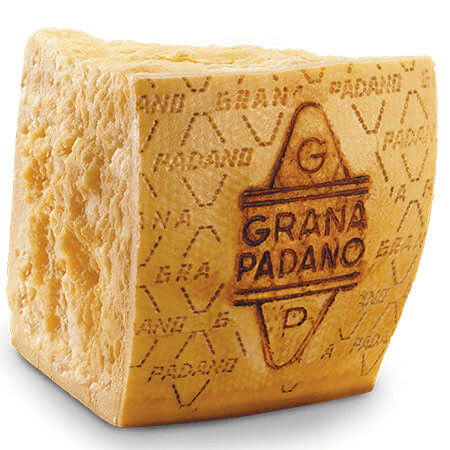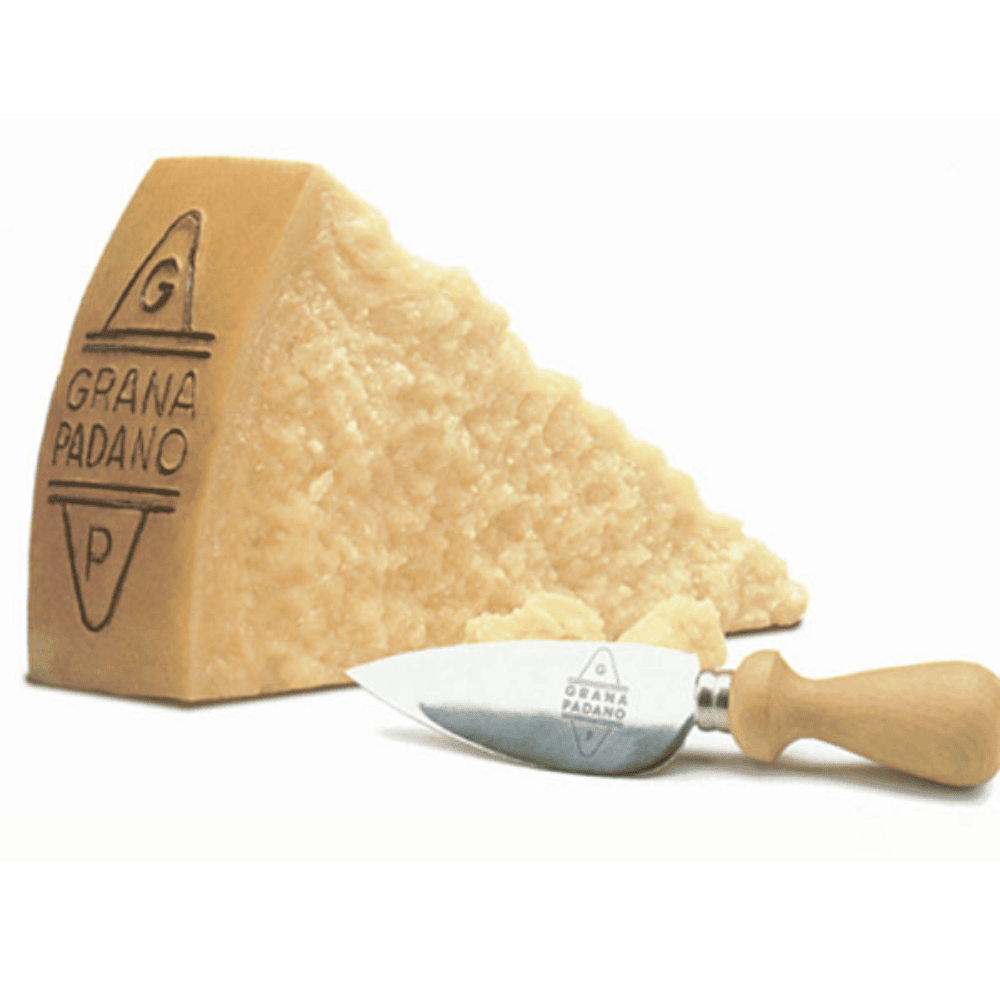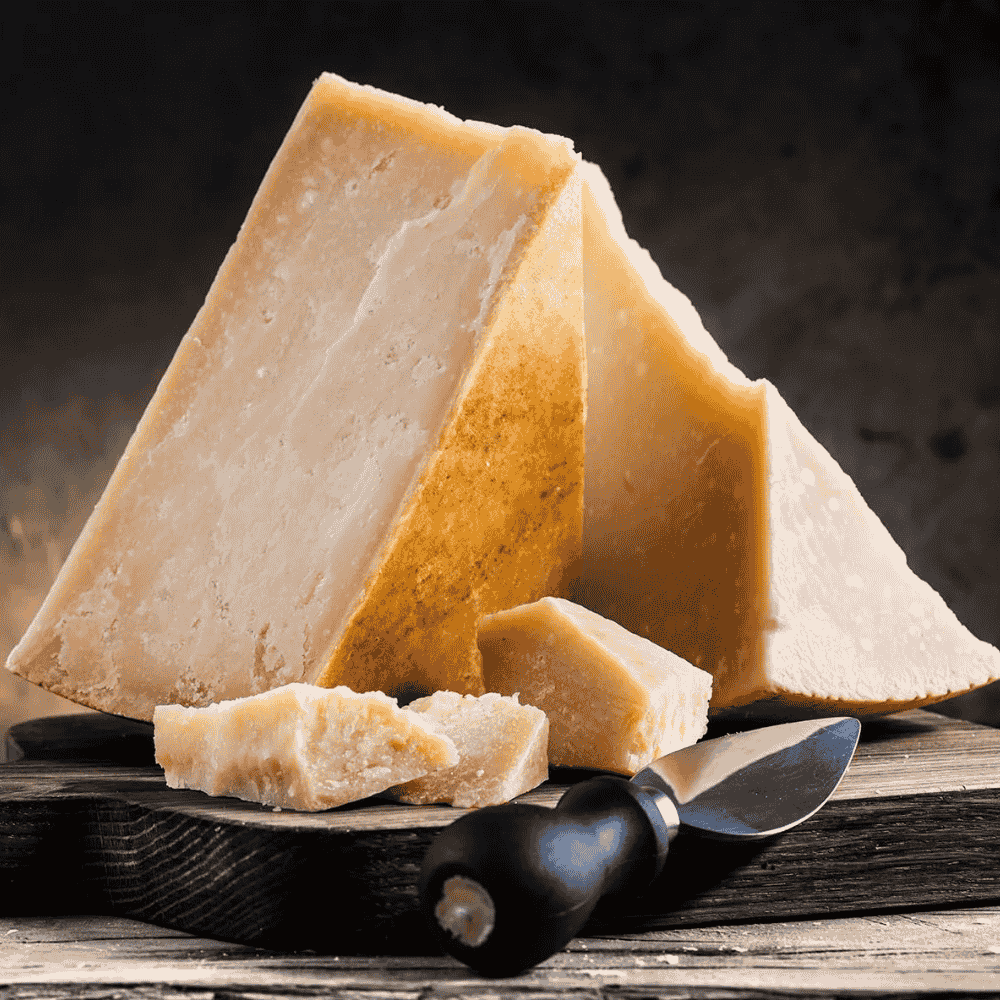


Grana Padano
Ingredients
Delivery
- Delivery Area: UK mainland only.
- Courier Service: DPD for reliable next-day delivery (1–2 days).
- Processing Time: 1–2 working days before dispatch.
- Shipping Cost: £7.99 per order.
- Free Delivery: Available for orders over £80.
Choose options



Grana Padano
Indulge in the exquisite taste of authentic Grana Padano cheese, a semi-hard cheese from Italy renowned for its rich, nutty flavour. Perfect for grating over pasta, adding to risottos, or enjoying on its own with a glass of wine, Grana Padano brings a touch of Italian tradition to your culinary creations..
Grainy, creamy, and nutty, every turophile cherishes Grana Padano. Full-bodied and made from cow’s milk, Grana Padano is crafted with love and care. This hard cheese gets its characteristic nutty flavour and crumbly texture from the aging method. It comes with a hard rind and a closely textured interior of pale butterscotch colour.
Set in copper cauldrons, each wheel of Grana Padano goes through strict processes that have been perfected through centuries. It is made in the provinces of Po Valley in Italy and has earned the coveted PDO signature. This hard and intensely flavoured cheese makes a cheese board tastier. It pairs well with white wine and can be added to soups, salads, pasta, and lasagnes.Ingredients
How to enjoy
Origin




